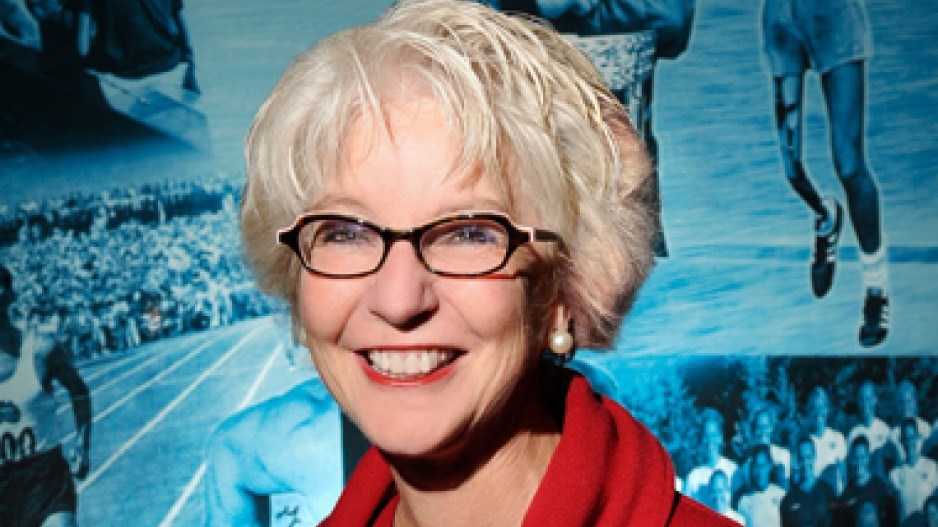Can womanly virtues make men better leaders? The answer to the question should make CEOs and board executives sit up and take notice. Generally speaking, women are being acknowledged as having better natural leadership capabilities than men, and the corporate environment appears to be starting to catch on.
This was the basis for a discussion on leadership at a panel hosted by the Vancouver Board of Change. The non-profit board links businesspeople who have a shared agenda of integrating sustainability into business.
Panellists at the June 28 event included consultant and former West Vancouver mayor Pamela Goldsmith-Jones, Vancouver city councillor Adriane Carr, SAP Global vice-president of talent experience Tracey Arnish and BC Sports Hall of Fame president and CEO Sue Griffin.
“In the last few years, we’re seeing more organizations recognize that having a diverse workforce is very beneficial to the bottom line,” said Arnish, who looks at ways to identify and develop talent pools across her organization. According to her, human resource development seeks to engender qualities that typically come more easily to women than they do to men.
“We’re building a lot more of these female traits into the structure that we value in leaders,” she said. “So we are assessing people against competencies [such as] collaboration, humility and self-awareness, and from these we develop and promote our future leaders.”
In addition to building leaders, said Arnish, companies must also be able to retain them, and good leaders play a critical role in accomplishing this. In today’s corporate environment, old-school management styles driven by ego or control are no longer as accepted as they once were.
“Fewer and fewer people are willing to deliver under that sort of leadership. You have to think [as a business] about whether or not you are building a culture that will make people want to stay.”
The trend shift isn’t based simply on anecdotal inference either. A number of studies bear out its efficacy. One, a 2011 survey of more than 7,000 leaders conducted by U.S. consulting firm Zenger Folkman, canvassed some of the most successful businesses in the world from across public, private and government sectors.
The results showed women scoring higher than men in 12 of 16 leadership competency categories, including in those traditionally considered to be male strengths such as taking initiative and driving for results.
A similar study of 1,500 European executives in 2010 by U.K.-based global managing consultants McKinsey & Company aligned with Zenger Folkman’s results. They went further, assessing the profitability of companies with a higher number of women executives.
The study compared those with no women on their boards against those in the top quartile for representing women. Those that included females outperformed their all-male counterparts in return on investment by 41%. They did much better in terms of operating results as well, with 56% higher performance.
And yet, 2010 Statistics Canada census results show that only 31.9% of senior management positions in Canada are filled by women. That’s a reality that Sue Griffin knows first hand. “I was looking for more senior positions, at the vice-president level, and I realized then that there was a glass ceiling.”
The problem, said Griffin, surrounds the systems that develop and mentor future leaders.
“In order for there to be greater opportunities, and more numerous opportunities at the executive level and at the board level, women need to get involved. A huge component of my success [has involved] role models.”
Panellists added that companies should move away from focusing on the differences between men and women. Rather, they need to understand what comprises a profile of a great leader, irrespective of gender.




